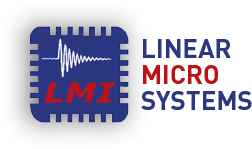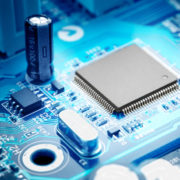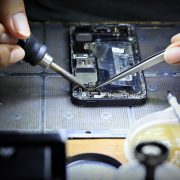Sensor ASIC: The Building Blocks of Advanced Sensor Systems
In the world of microsystems, innovation is driven by the relentless pursuit of miniaturization, enhanced performance, and efficiency. One pivotal component that plays a crucial role in achieving these goals is the Sensor Application-Specific Integrated Circuit, or simply Sensor ASIC. These miniature marvels are the unsung heroes behind the incredible capabilities of modern sensor systems. In this article, we will delve into the fascinating world of Sensor ASICs and explore how they are the foundation upon which advanced sensor systems are built.
The Power of Customization in Sensor ASIC
Tailoring Sensors to Perfection
Sensor ASICs are custom-designed integrated circuits, meticulously crafted to meet the specific requirements of a sensor. Unlike generic off-the-shelf components, Sensor ASICs perform a dedicated task with utmost precision. This customization offers several advantages, including:
1. Enhanced Performance
One of the primary advantages of Sensor ASICs is their ability to optimize performance. By eliminating unnecessary components and functions, these circuits can focus entirely on the sensor’s core task. This optimization results in improved sensitivity, accuracy, and response times. Whether it’s a temperature sensor for a medical device or an accelerometer for a wearable fitness tracker, Sensor ASICs ensure that the sensor’s output is as reliable and precise as possible.
2. Reduced Power Consumption
In today’s world, energy efficiency is a paramount concern. Sensor ASICs are designed with power efficiency in mind. They can be finely tuned to operate on minimal power while still delivering exceptional performance. This makes them ideal for battery-powered applications, where prolonging battery life is essential. For example, in a wireless sensor network, Sensor ASICs can ensure sensors run for extended periods without the need for frequent battery replacements.
Sensor ASIC: Seamless Integration
The Synergy of Hardware and Software
Sensor ASICs do not operate in isolation; they are an integral part of a broader ecosystem that includes sensor elements, signal processing, and data communication. Their seamless integration with other components is what truly sets them apart.
1. Sensor Fusion
In many applications, multiple sensors work together to provide a comprehensive understanding of the environment. Sensor ASICs facilitate this collaboration by processing data from various sensors and fusing it into meaningful information. For instance, in autonomous vehicles, Sensor ASICs combine data from cameras, lidar, and radar sensors to make split-second decisions, enhancing safety and driving capabilities.
2. Real-Time Adaptability
Sensor ASICs are highly adaptable and reprogrammable or reconfigurable when necessary. This flexibility allows for real-time adjustments to sensor parameters, ensuring optimal performance in changing conditions. For instance, in environmental monitoring, Sensor ASICs can adapt sensor settings to account for fluctuations in temperature or humidity, ensuring data accuracy over time.
In conclusion, Sensor ASICs are the unsung heroes that empower advanced sensor systems. Their customization, enhanced performance, and seamless integration capabilities make them the building blocks of innovation in the world of microsystems. Whether it’s in medical devices, automotive applications, or the Internet of Things, Sensor ASICs play a pivotal role in transforming raw data into actionable insights. As technology continues to evolve, we can expect Sensor ASICs to keep pushing the boundaries of what is possible, enabling new levels of precision, efficiency, and functionality in sensor systems.
Learn more about Linear MicroSystems by clicking here!
Linear MicroSystems, Inc. is proud to offer its services worldwide as well as the surrounding areas and cities around our Headquarters in Irvine, CA: Mission Viejo, Laguna Niguel, Huntington Beach, Santa Ana, Fountain Valley, Anaheim, Orange County, Fullerton, and Los Angeles.












